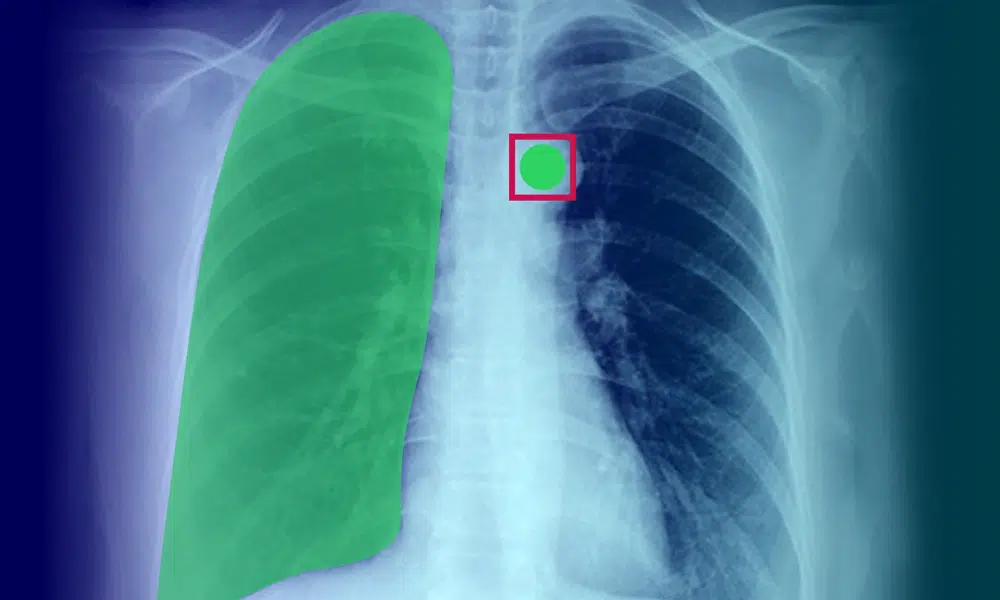Hospitals and clinics encounter thousands of patients each year. This requires a vast number of dedicated physicians and nurses. They work tirelessly to provide care and maintain detailed records for both inpatients and outpatients.
Patient registries have become indispensable for improving patient outcomes. However, managing the enormous volume of data they produce is a significant challenge. Manually handling clinical data abstraction for these registries is especially difficult.
The pandemic highlighted the importance of data registries. It showed their profound impact on healthcare. We need to enhance the quality of data and expedite its processing time. And that’s where clinical data abstraction becomes useful. In this article, we’ll detail what clinical data abstraction is and how it can help.
What is clinical data abstraction?
Clinical data abstraction involves actively searching medical records, both electronic and paper, to find necessary data for secondary use. This process summarizes patient information for further analysis. The task includes directly matching medical record details to required data elements. It also involves categorizing, coding, interpreting, summarizing, and calculating data.
Healthcare organizations use this abstracted data from clinical registries. They measure outcomes and compare performance with other organizations. The abstraction and reporting for registries demand meticulous attention. Hospitals often have dedicated teams for this complex task.
Understanding Clinical Data Abstraction Process
Clinical data abstraction is a detailed, multi-step process. It demands a high level of expertise and precision. Here’s a breakdown of how it’s typically done:
- Identifying Relevant Data Points: The process begins with pinpointing the data points essential for the intended quality measure or clinical guideline. This step sets the direction for the entire abstraction process.
- Collecting Data: At the heart of abstraction lies data collection. Trained professionals, often known as clinical data abstractors, meticulously sift through electronic health records (EHRs), lab reports, and other clinical documents. They aim to gather these identified data points.
Data Entry and Accuracy Check: After collecting the data, it’s entered into a specialized database. Here, it undergoes validation for accuracy and completeness. This phase is critical as inaccurate data can lead to wrong conclusions and potentially harmful decisions.
Analyzing and Reporting: The final stage involves analyzing the collected data. This analysis produces actionable insights. These insights are helpful for performance enhancement, research, and strategic decision-making in healthcare.
Top Benefits of Clinical Data Abstraction
Since the healthcare industry uses clinical data abstraction for a specific purpose, it also provides numerous benefits to them. Here’s an overview of these benefits:
Improved Patient Care and Outcomes
Healthcare AI can identify trends, tailor treatments, and improve patient outcomes by analyzing detailed patient data. This data-driven approach ensures that patient care is both effective and personalized.
Enhanced Research and Clinical Studies
Abstracted data allows researchers to conduct comprehensive studies that lead to medical advancements. This data supports clinical trials, epidemiological studies, and other research activities. It drives innovation in healthcare.
Data De-identification for Privacy
You can de-identify sensitive patient information during the clinical data abstraction process. This step protects patient privacy while allowing for the extensive use of data in research and analysis. Data de-identification ensures compliance with privacy regulations and secures patient trust.
Informed Decision-Making
Data abstraction provides healthcare managers and policymakers with crucial information. This information guides decision-making on various fronts, from resource allocation to strategic planning. Informed decisions based on accurate data can significantly improve healthcare services and operations.
Regulatory Compliance and Quality Assurance
Accurate data abstraction helps healthcare facilities comply with regulatory standards. It ensures that the quality of care meets or exceeds set benchmarks. This compliance is key to maintaining accreditation, securing funding, and building a reputation for quality care.
Efficient Resource Management
Hospitals can optimize resource allocation by understanding patient trends and needs through data. They can prioritize high-need areas and reduce unnecessary expenditures. Efficient resource management leads to cost savings and better healthcare delivery.

Key Challenges in Clinical Data Abstraction
The practice of abstracting data for Core Measures and registries is full of several significant challenges:
Tackling the Volume of Data
One of the primary hurdles is managing the immense volume of data. Quality department teams constantly strive to handle this data deluge.
Integrating Diverse Data Sources
Clinical records often come from multiple systems and formats. Merging these into a coherent and usable format is complex. This integration requires sophisticated systems and skilled personnel. Without these, data abstraction can be inconsistent and error-prone.
Keeping Up with Evolving Regulations
Healthcare is subject to regulations and standards. It is challenging to keep up with these changes and ensure data abstraction aligns with them. You must comply with the regulations for the validity and usefulness of abstracted data. Failure to adhere to regulations results in non-compliance issues and affects patient care quality.
Addressing Human Error
Human error is an unavoidable aspect of data abstraction. It can lead to inaccuracies and may affect the integrity of the data.
Navigating the Complexity of Data
Clinical data are inherently complex, often requiring specialized knowledge for accurate interpretation. Hospitals frequently face the challenge of finding skilled individuals with the necessary expertise, which is compounded by geographic limitations in the labor market.
Ensuring Knowledge Continuity Amid Turnover
High turnover rates in healthcare can lead to gaps. When experienced staff leave, they take invaluable insights with them. New hires may be qualified but often encounter a steep learning curve. This can result in inconsistencies in data abstraction and analysis.
Conclusion
So there you have it. Clinical data abstraction is vital in modern healthcare. It enhances patient care, informs decisions, and drives research. Despite many challenges, its benefits are undeniable. Effective abstraction strategies can significantly improve healthcare quality, efficiency, and patient outcomes.




